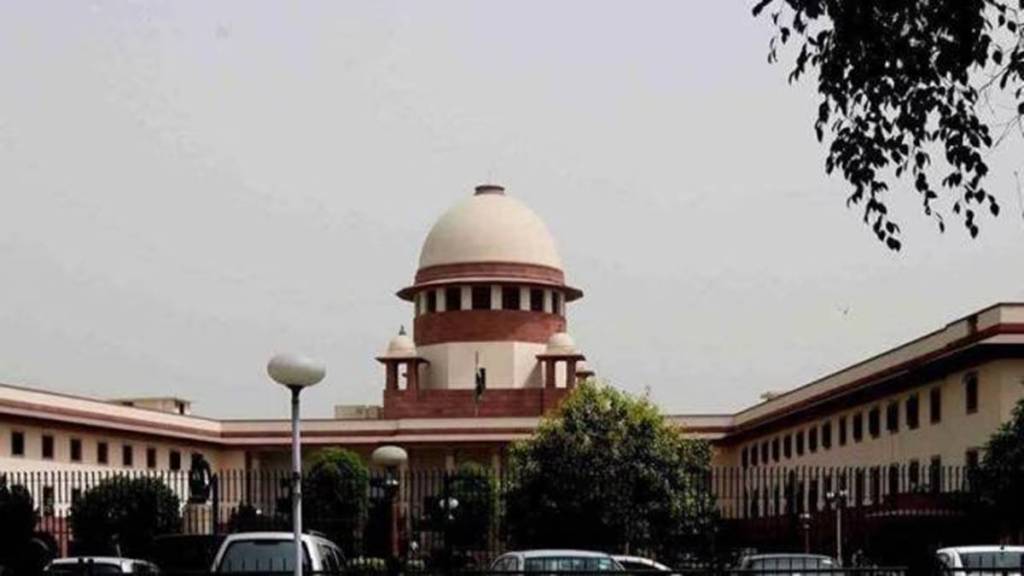By R. Chandra Mouli
The following advice can be termed “too little, too late,” or akin to securing the stable after the horse has bolted. Writing in a business publication earlier this month, a columnist duo made a case for making gold and copper great again and suggested that privatization of three PSUs engaged in gold and copper production could help reduce the import bill of the precious metals.
In the case of copper, perhaps we can go one step further, and seek re-opening of a closed unit in the private sector. The Supreme Court announced a long-awaited verdict earlier this year, upholding the closure order of Sterlite Copper by the Madras High Court in the year 2018, following tumultuous events in the coastal town of Tuticorin. In law, there is a provision for a review petition and Vedanta Limited plans to approach the apex court for relief.
Why re-open Sterlite Copper? The question can be rephrased as – why not pay a higher price for solar power, wind energy, electric vehicles, and home appliances? Why not procure from neighboring countries, some of whom have planned for years to make India a net importer?
Copper matters to India much more than we know. International Institute for Sustainable Development (IISD), an independent think tank, in its 2024 report titled “Securing India’s Copper Supply: Challenges and the Way Forward” affirms the country turned a net importer of refined copper after the closure of Sterlite Copper at Tuticorin.
Also read: The Curious Case of Copper
Our nation has set a goal of achieving around 50% of cumulative electric power installed capacity from non-fossil sources by 2030 and stands committed to boost sales of zero-emission electric vehicles. The forecast by S&P Global (2022) is India will become the world’s second-largest copper-consuming economy. Our country’s planned transition to clean energy technologies will lead to increased manufacture and usage of EVs, solar pump sets, and solar and wind energy. In FY 2023, copper demand from these products and sectors grew by 35%.
The beneficiaries of higher demand, ie. those who export refined copper to India, are some of our not-so-friendly neighbours, which explains why they would be happier if the biggest smelter remains shut or is never reopened.
While the Supreme Court in February 2024, dismissed the special leave petition filed by Vedanta Limited to reopen its Sterlite Copper plant in Tuticorin, a related plea has been filed in the Madras High Court by a social activist. As part of the proceedings, the High Court has ordered the Directorate of Vigilance and Anti-Corruption to scrutinise the assets of all officers, including the IAS and IPS cadre, who served in Tuticorin from 2016 to 2020.
Looking back, the actions of the district administration and the local police have already been examined in detail and a report submitted to the Tamilnadu State Government by (Retd.) Justice Aruna Jagadeesan.
The report, tabled in the State Assembly, states police used excessive force against the anti-Sterlite protesters. There has been a failure on the part of law-and-order authorities, by the district collector and special executive magistrates as pointed out by the commission, and failure in according due emphasis to the intelligence gathered on the upcoming uprising.
Yet will the recently ordered probe discover a sudden rise in assets disproportionate to known sources of income? If so, does it mean officials who have sworn to protect law and order have preferred to ignore their duty, and instead decided to open fire on the swarming mass of protesters that fateful morning in 2018? On this count, as in every other allegation, the officials remain innocent until proven guilty.
Taking a macro view, in the establishment and continued operation of industries that are classified as Red Category, in proposals that require rehabilitation and resettlement, and even in projects that promote green energy and sustainability, misconceived perceptions, and misinformation by vested interests take a toll on production, capacity expansion and adherence to timelines. Many instances prove this axiom:
Doubling of capacity of Sterlite Copper from 400,000 to 800,000 tonnes stalled by activism; Narmada Valley Project delayed by several years due to protests; Kudankulam Nuclear Power Plant dedicated to the Nation – 28 years after it was originally proposed; Tata Nano plant set up in Singur, West Bengal, and subsequently dismantled. Cancellation of the permit issued to Coca-Cola for setting up a bottling unit in Tamilnadu, due to concerns of farmers that it will deplete groundwater reserves.
In all this, the goal of sustainability cannot be ignored and continuity of production of critical metals cannot be overlooked. If we want a greener India, if we want to bequeath a cleaner environment, if we wish to reduce carbon emissions by 50% by 2030 and become net zero by 2070, copper is a critical mineral that must be refined and released into mainline manufacturing and alternative energy streams.
Time to treat copper security as a priority – on par with every other parameter that can make India safer, stronger, and greater on the global map.
(R Chandra Mouli is a Communications Consultant, Columnist, and Former Journalist. He writes on sustainability, green energy, minerals, metals and rare earths. )


